-
Salon I420 mins
Sponsored by:
.png)
This boot camp will provide participants with the skills and knowledge necessary to conduct interconnection studies for distributed energy resources (DER) in distribution grid networks. The boot camp will cover a range of topics, including the basics of DER interconnection, hosting capacity maps, software tools for interconnection studies, and interconnection study best practices. The boot camp will use an open-source software tool and grid test systems to illustrate the importance of good data, different analytical methods, and automation in the study of hosting capacity, grid impacts, and potential grid network upgrades. The boot camp will close with a discussion on how to practice and share learnings with others.
- Participants should bring a laptop and expect to work on sample problems in teams of two or three people.
- Participants will be invited to attend virtual session in preparation for the boot camp.
-
Salon III/IV75 mins
-
Salon III/IV60 minsThe electric grid is evolving to facilitate a decentralized system, but costly infrastructure upgrades threaten the proliferation of DERs. How can utilities and developers use cost-sharing solutions to address grid upgrade needs and facilitate the buildout out of DERs? The session will focus on the cost-sharing process outlined in Massachusetts Dept. of Public Utilities Docket 20-75, as well as the resulting Capital Investment Project proposals from Eversource and National Grid. Additionally, the session will explore how other Northeast states, like Rhode Island, are approaching the cost share debate.
-
Salon I60 mins
Sponsored by:
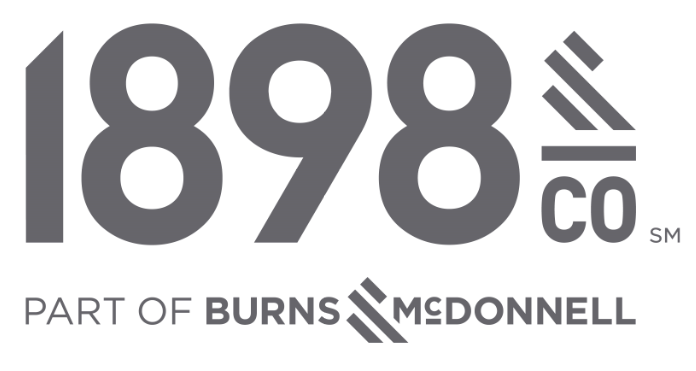
States are beginning to realize that long-term regional system planning fails to capture the growth, and value, of DER’s, Electric vehicles, Energy Storage Systems (ESS), community solar, and the broad push to electrification could upend load forecasts and system operation. Meanwhile, these assets are now participating in both retail and wholesale market programs. DER forecasting and locational planning could improve the effectiveness and reliability of the system. This panel will analyze the best mechanisms for stimulating the DER market through long-term regional system planning.
-
Columbia60 mins
Sponsored by:
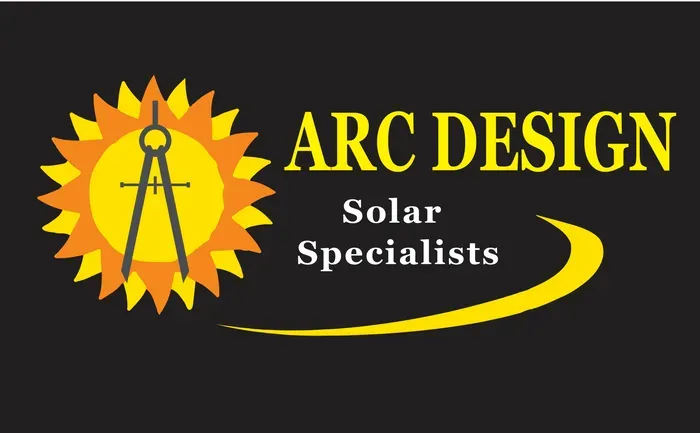
Renewable energy is always evolving. So too are the interconnection standards and engineering requirements of utilities and transmission operators. For nearly 20 years, ARC Design and Consulting has assisted developers to overcome, navigate and map out the sometimes tumultuous and uncharted waters of the interconnection application process.
This session will focus on how developers can quickly and effectively adapt to these changes, particularly during the initial phases of interconnection studies and approvals.
-
Salon III/IV60 mins
Sponsored by:
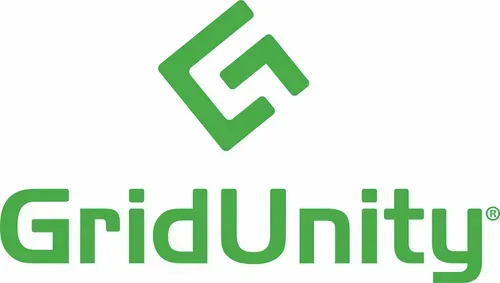
With the increasing deployment of distributed energy resources in the Northeast, it has become more important than ever to ensure that both distribution and transmission system planning are integrated and aligned. This session will discuss how utilities, regulators, and developers can work together to ensure that DERs are optimally integrated into the grid, while balancing the needs of both distribution and transmission systems. The session will also explore the potential benefits of a more integrated approach to DER planning, such as improved reliability, increased renewable energy integration, and cost savings for utilities, developers, and customers.
-
Salon I60 mins
Sponsored by:
This engaging session focuses on the ever-changing regulatory landscape and its impact on renewable energy, as well as what additional changes we may expect in late 2023 and 2024. Transect's analysis will encompass NEPA reform, updates to the Clean Water Act, and state environmental regulatory changes. Learn how to adeptly navigate these changes, optimize project development, and minimize environmental impacts. Additionally, explore how state-of-the-art technologies can empower developers to embrace innovative solutions during this transformative period, unlocking a sustainable future.
Join Robin Laine, Co-founder & CEO, Transect, for valuable insights into the evolving renewable energy landscape and the boundless opportunities technology offers.
-
Columbia60 mins
Sponsored by:
.png)
The safety issues present in utility-scale solar projects and commercial-scale PV rooftops are more prevalent than owners may realize. Based on a sample of hundreds of project sites, CEA found up to 97% of sites had significant safety and fire risks. The good news is that the most common and serious issues can be resolved relatively easily. CEA will share the key factors leading to PV system risks, and the steps that can be taken to prevent them.
-
Salon III/IV60 mins
Sponsored by:

Virtual Power Plant (VPP) is a broad term encompassing the full range of distributed energy resources (DERs) and the ways they can help the grid. Entrepreneurs, investors, and policymakers are showing renewed focus on increasing the impact of VPPs for the US energy transition and an aging grid. This panel will define a VPP in its multiple forms, and discuss how that role is evolving with technology and policy. Panelists will also share experiences developing and managing VPPs, and identify key barriers and solutions to more rapid VPP deployment.
-
Salon I60 mins
Sponsored by:

Energy storage deployment is rapidly increasing to support intermittent clean energy resources on the grid. But energy storage performance and availability presents a host of challenges for distribution utilities responsible for daily operations, as well as resource and upgrade planning. This session will explore the framework needed to effectively integrate energy storage, beyond interconnection, including means of control, available support functions, and scalability elements, to help expedite interconnection and sustainably scale energy storage deployment in the Northeast.
-
Salon III/IV60 mins
As the electricity market in the United States shifts toward cleaner and more distributed energy resources, flexible interconnection plays an important role in maintaining grid stability, reliability, and resilience while providing customers with faster and more cost-effective interconnection services that minimize unnecessary grid upgrades.
This panel discussion will bring together experts to explore multifaceted opportunities and challenges associated with flexible interconnection, exploring innovative strategies for implementing new interconnection services. Panelists will discuss different methods for offering interconnection agreements, cutting-edge grid integration techniques, advanced control systems, and data-driven decision-making to support the dynamic energy landscape.
-
Salon I60 mins
Sponsored by:

Join session panelists to learn about the mechanics and real-world deployments of a virtual power plant. The recently launched FLEXmarkets represent a significant re-imagining of deploying behind-the-meter resources to meet grid and climate goals.
See how those results underscore the importance of open source, meter-based, pay-for-performance programs to achieve and unlock the power of the market to lower baseload, flatten the peak, create local jobs, and deliver real ratepayer value.
The speed with which utilities and load serving entities have been able to launch and scale FLEXmarkets in less than a year is proof that a market based on measured performance and total system benefits is far more viable, scalable, and has the potential to unlock hundreds of millions of dollars in avoided cost savings across the northeast. -
Columbia60 mins
Sponsored by:
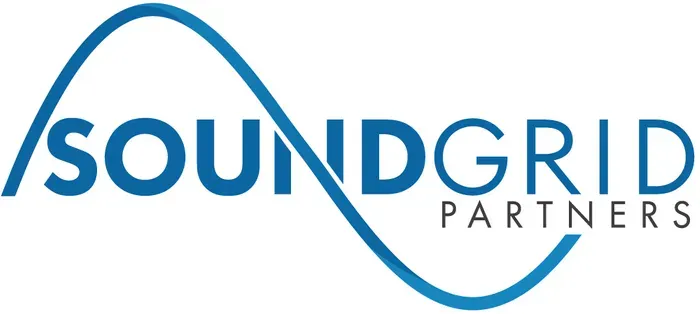
United Illuminating Company (UI), in conjunction with Sound Grid Partners (SGP), recently conducted a BESS microgrid analysis and design process at three locations in Connecticut that are designed to provide resiliency to critical facilities while also maximizing value to other grid customers through improved reliability and ISO market applications.
This roundtable session will provide an opportunity to learn about and share situations where BESS microgrids that balance critical facility and/or circuit resilience with economic benefits for all customers. Details from the UI / SGP BESS microgrid design process including BESS microgrid resiliency analysis methodologies and ISO NE market opportunities will be shared to encourage dialogue. This includes a description of the outage probability analysis performed that provided a sound basis for balancing critical customer resiliency with load shaping and other revenue-focused applications.
Participants will come away from this session with a better understanding of engineering-based methodologies and tangible steps to design BESS microgrid for maximum value via multiple diverse applications.
-
Salon III/IV60 mins
Sponsored by:
.webp)
Distribution Management Systems (DMS) and DERMS are coming. Some utilities have launched pilots while others have approved “grid mod” funding that will either facilitate or fully implement these programs. These systems will not only manage existing DER, but can enable increased penetration of planned DER. With a DERMS in place, utilities will be able to allow more specialized operating parameters to be included in System Impact Studies. Rather than require expensive system upgrades to address very low probability scenarios, the DERMS can be programmed to automatically curtail or redispatch DER as needed. This session will explore the impact of DMS and DERMS implementation for DER project developers and asset owners, the influence on interconnection and asset operations, and progress already underway in the Northeast.
-
Salon I60 mins
Sponsored by:

This innovative panel brings together renewable energy thought leaders who are leading the energy transition in the Northeast. The path for success involves the collaboration of energy policymakers, business leaders, and technical experts to enable the development and deployment of customized community energy solutions. In conversation with policy experts, this session will provide actionable insights from working practitioners who are currently building microgrids.
-
Salon I60 minsIn recent years, non-wires alternatives (NWAs) have been gaining traction as a viable solution for reducing the need for costly transmission and distribution upgrades. Battery storage is one of the most promising NWAs, providing numerous benefits such as increased reliability, improved grid stability, and reduced greenhouse gas emissions. In this session, we will discuss the current state of NWAs in the Northeast, as well as the ongoing debate over third-party ownership of the assets, utility control, interconnection, and revenue stacking. How can NWAs go from one-off pilots and RFPs to a scalable solution to grid constraints in the Northeast?
-
Salon III/IV60 mins
Sponsored by:
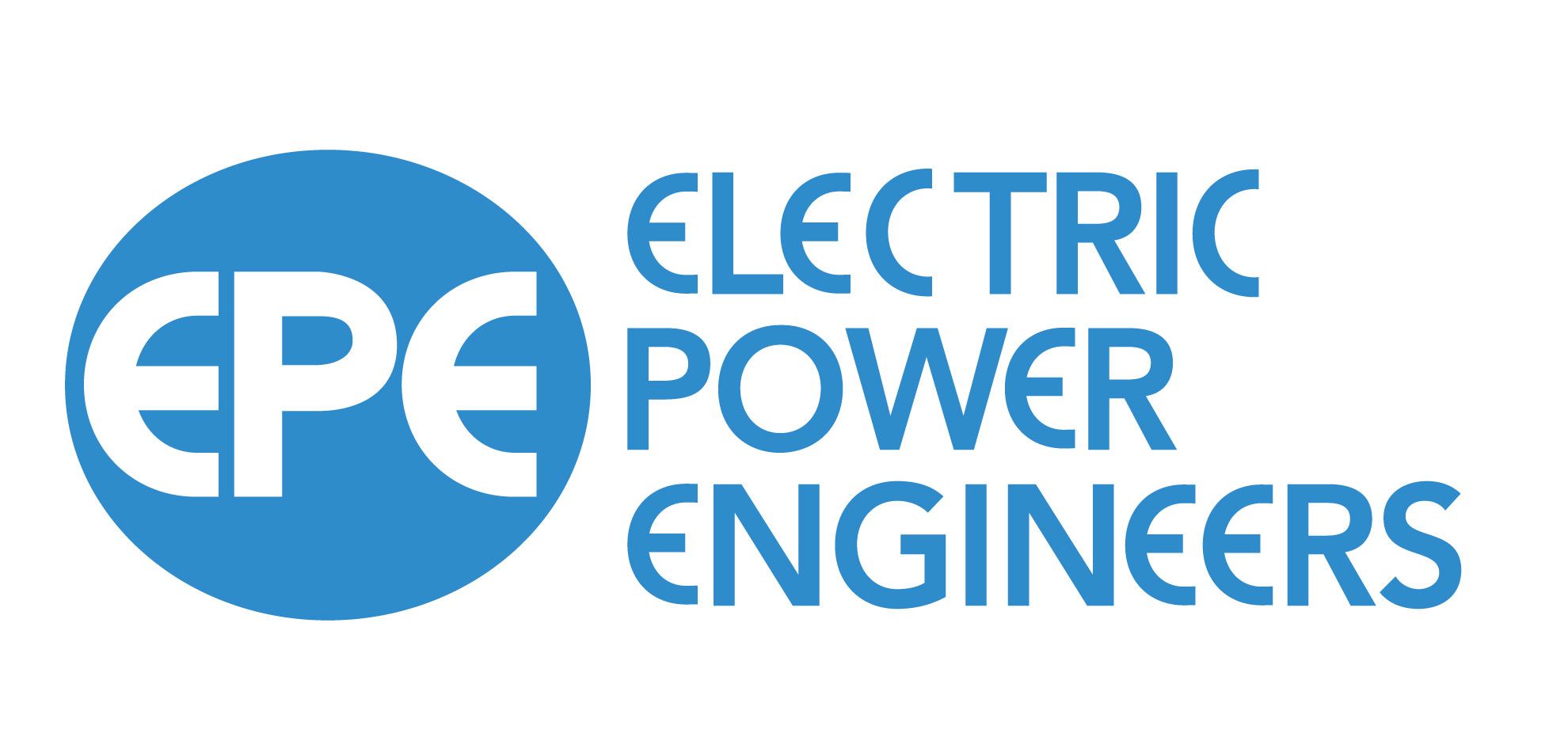
The growing demand for electrified fleets presents immediate challenges for transmission and distribution utilities in the Northeast. Effectively meeting that demand will require purposeful infrastructure planning and technology solutions, as well as appropriate policy mandates and incentive structures. This session will explore utility planning considerations for the EV future, collaboration successes with developers, and the required technology advancements needed to deliver on customer expectations.
-
Columbia60 mins
Sponsored by:
-1.png)
Energy storage deployment is rapidly increasing to support intermittent clean energy resources on the grid. But energy storage performance and availability presents a host of challenges for distribution utilities responsible for daily operations, as well as resource and upgrade planning. This session will explore the framework needed to effectively integrate energy storage, beyond interconnection, including means of control, available support functions, and scalability elements, to help expedite interconnection and sustainably scale energy storage deployment in the Northeast.
-
Salon III/IV90 mins
Sponsored by:
.png)
The U.S. Department of Energy Interconnection Innovation e-Xchange (i2X) convened diverse stakeholders across the U.S. electricity ecosystem to formulate a practical 5-year Strategic Roadmap for implementing simpler, faster, and fairer interconnection processes while enhancing the reliability, resiliency, and security of our distribution and transmission grid networks. Through a series of virtual meetings covering key issues such as cost allocation, queue management, data transparency, equity, workforce, and grid engineering practices, the i2X team facilitated numerous open dialogues about important interconnection issues, knowledge gaps, practical short-term solutions, and few paradigm-shifting ideas. The result is a roadmap of the next five years of interconnection innovation for stakeholders by stakeholders.
In this town hall, the i2X leadership team will share the highlights of the 5-year Strategic Roadmap for discussions, feedback, and comments.
This is your chance your chance to interact with the Department of Energy and I2X!
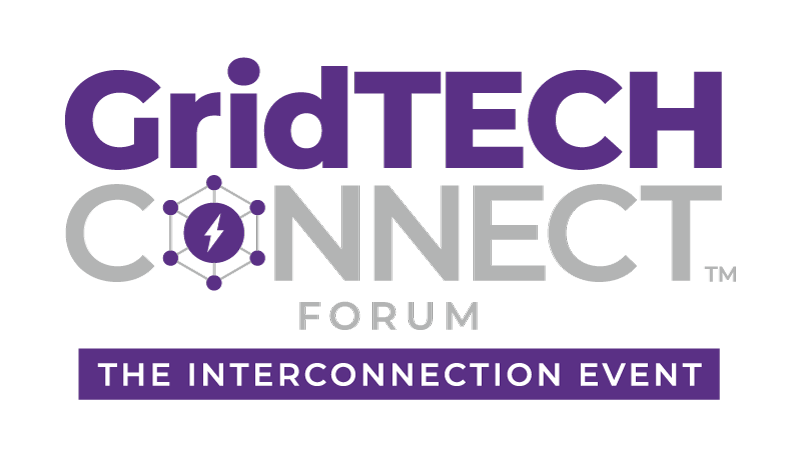


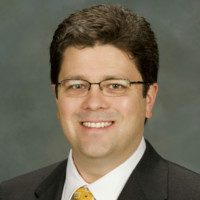
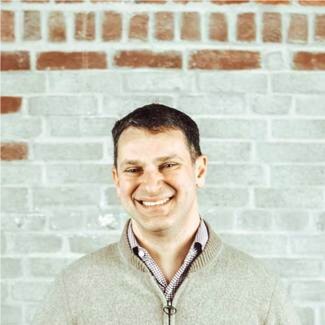
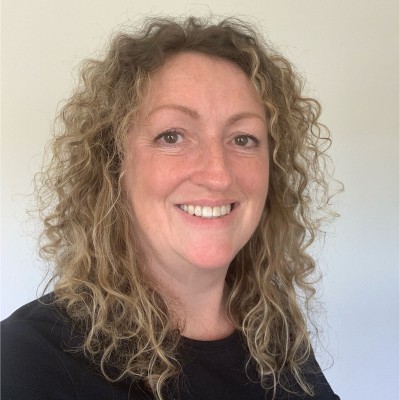
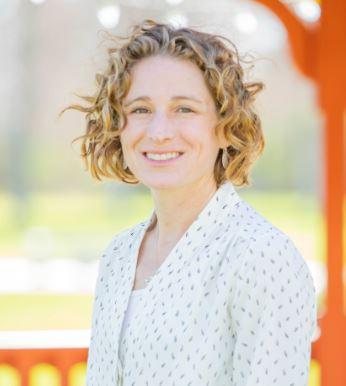
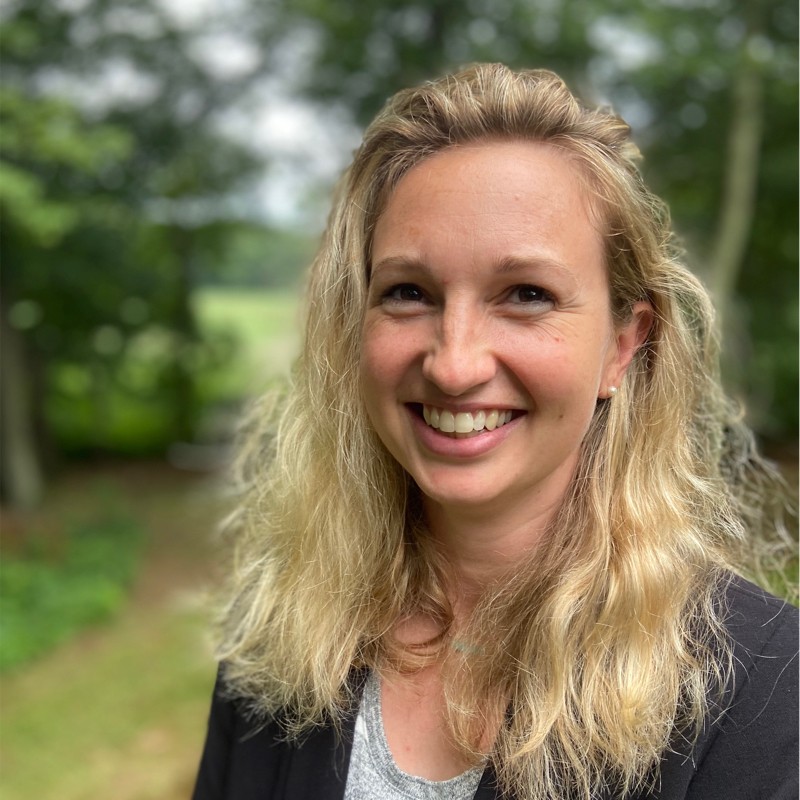
)
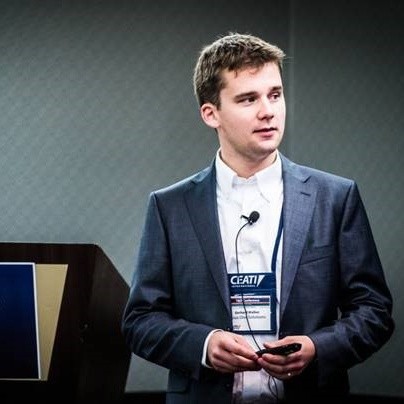

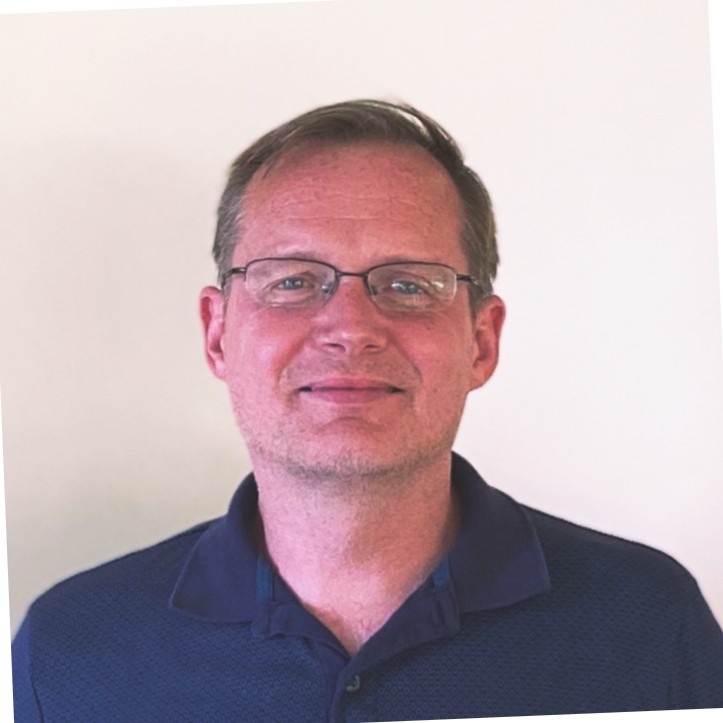
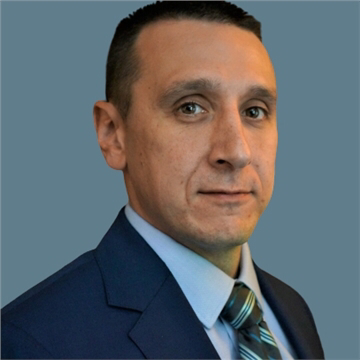
)
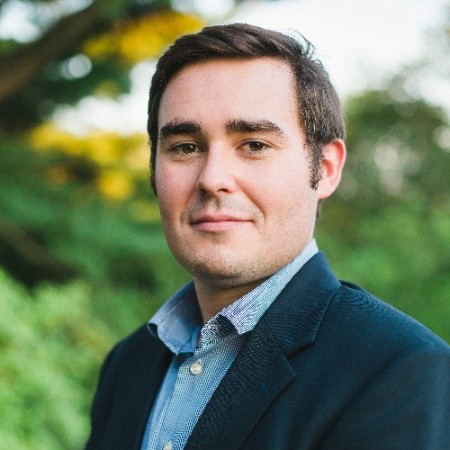
)
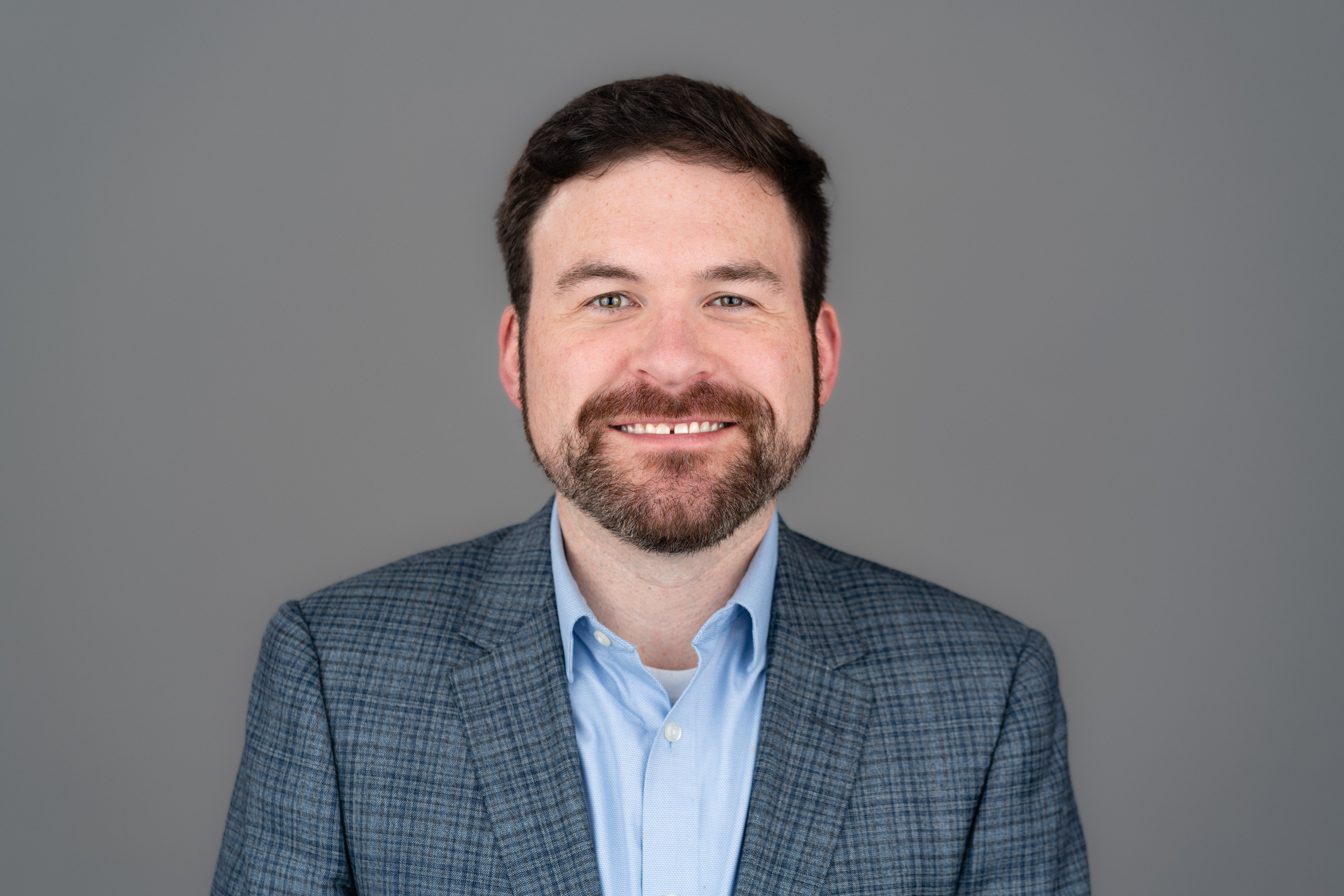

)
)
)
)
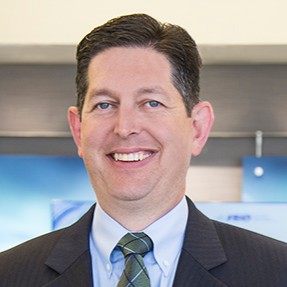
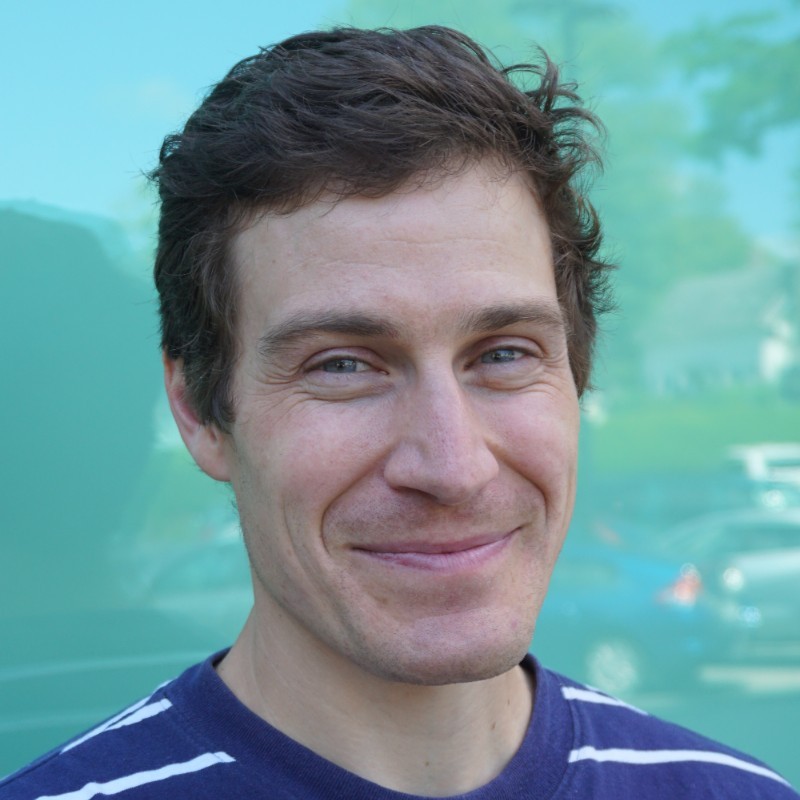
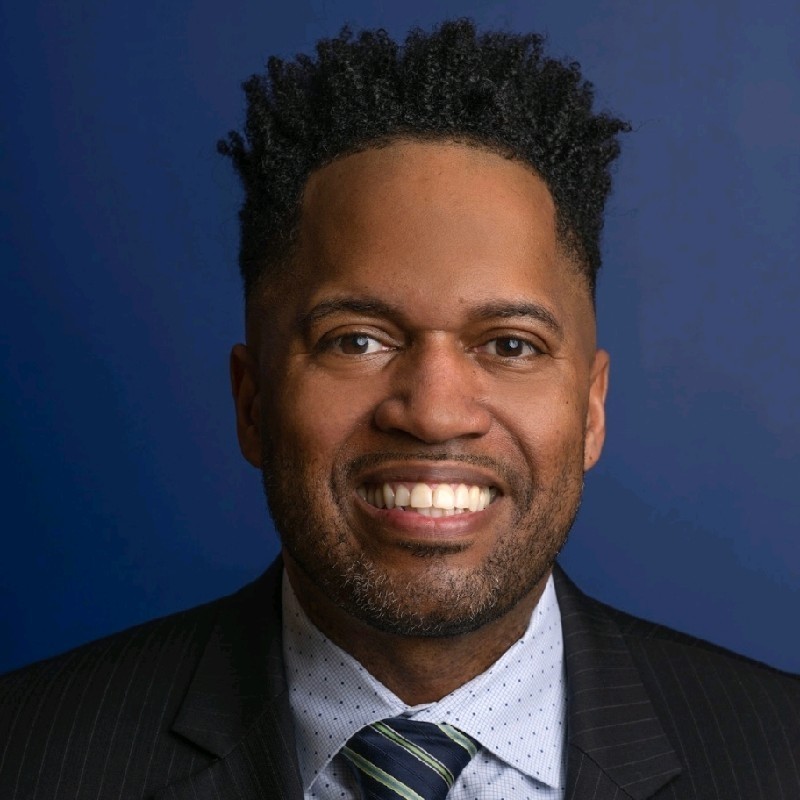
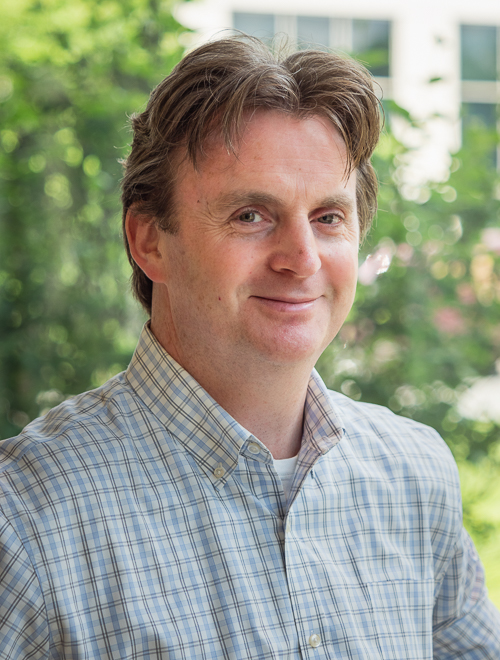

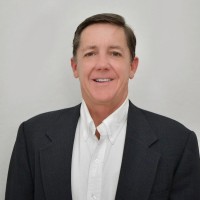



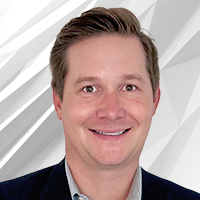

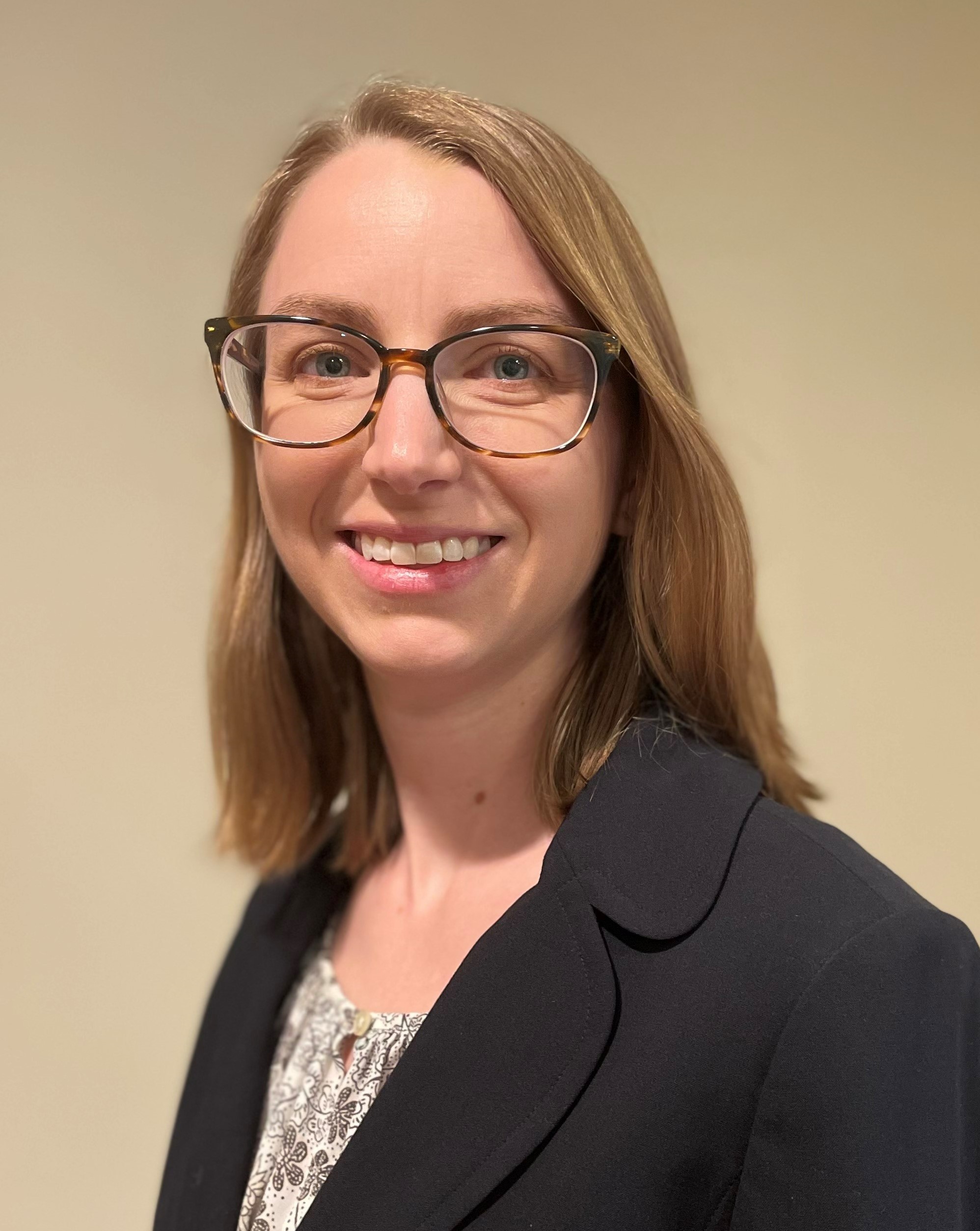
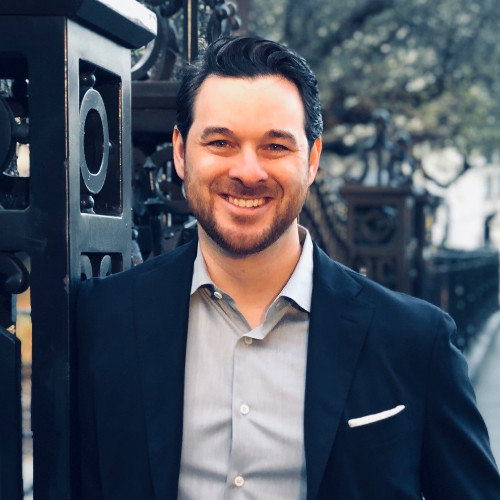

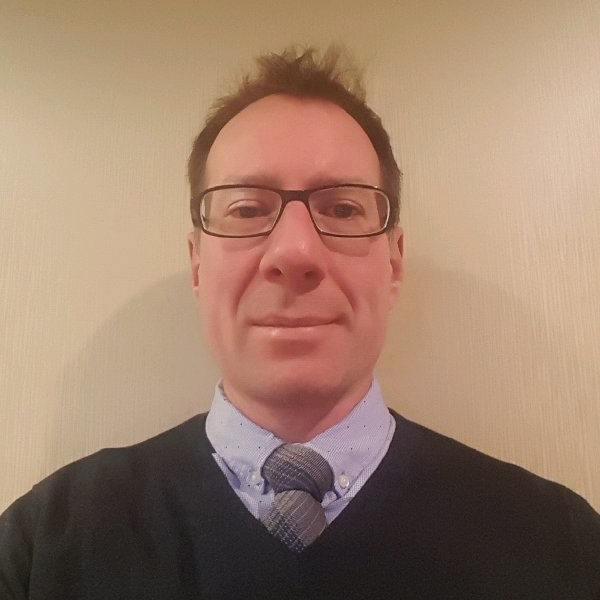
)
)
)
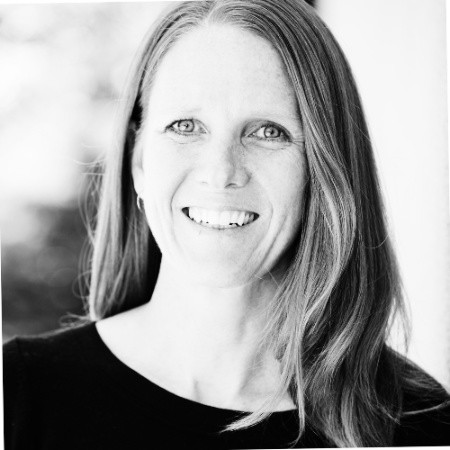
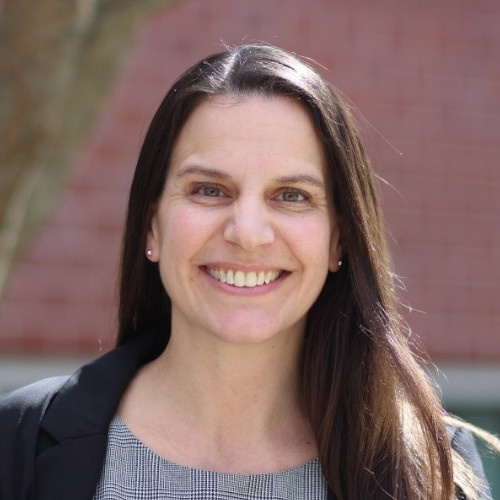
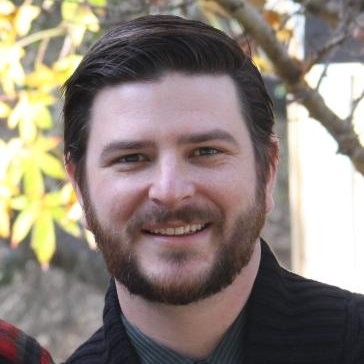
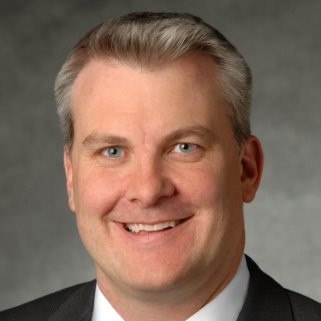
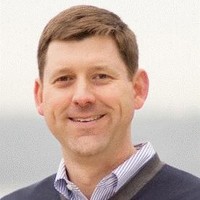
)
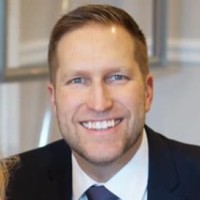

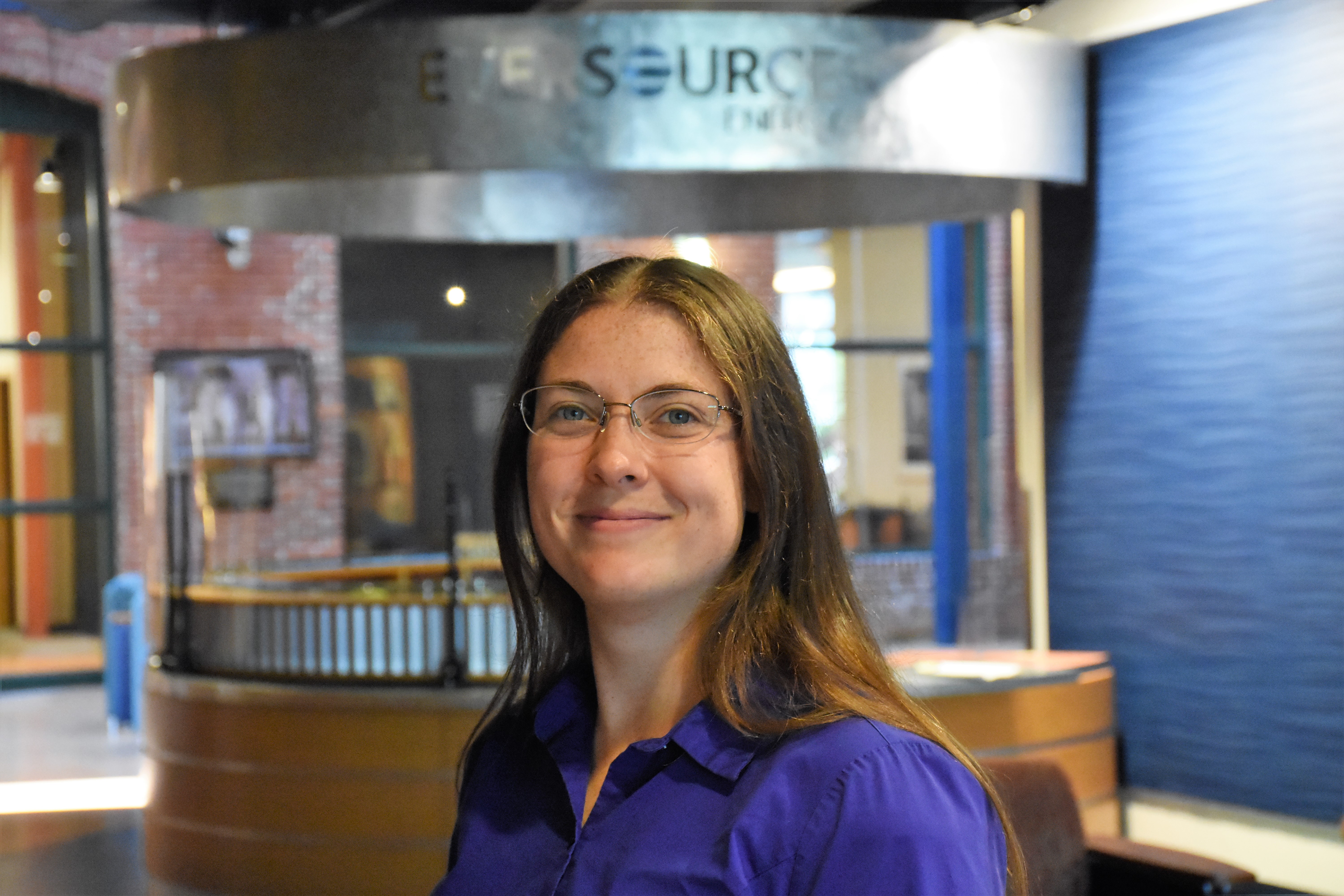

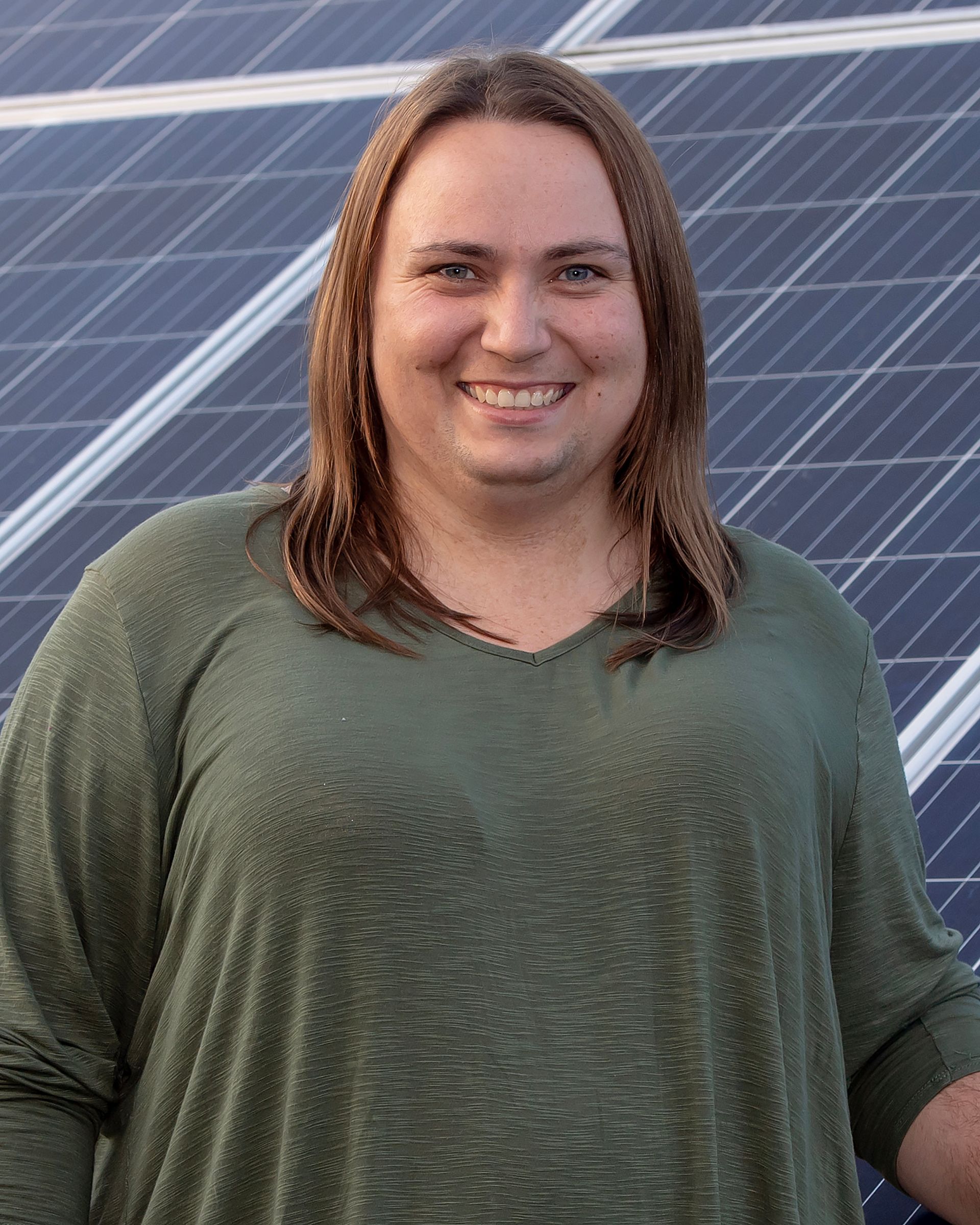
)
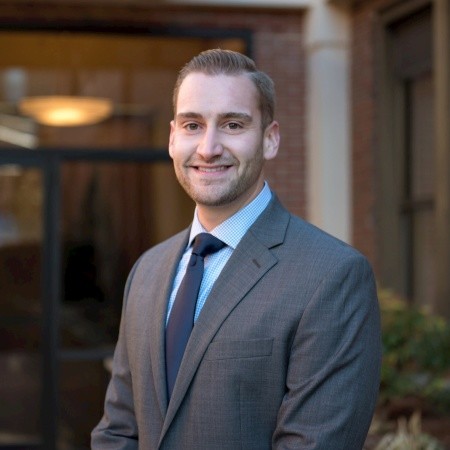
.jpg/fit-in/120x9999/filters:no_upscale())
)
)
)
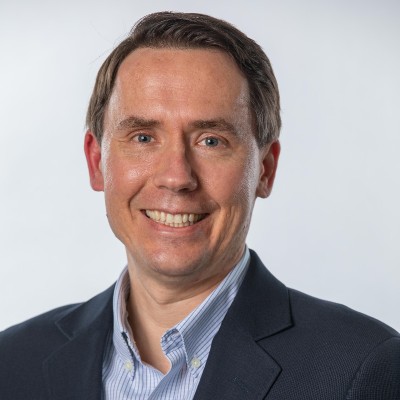
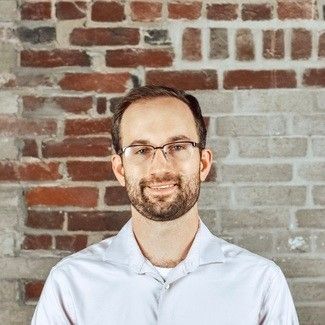


)
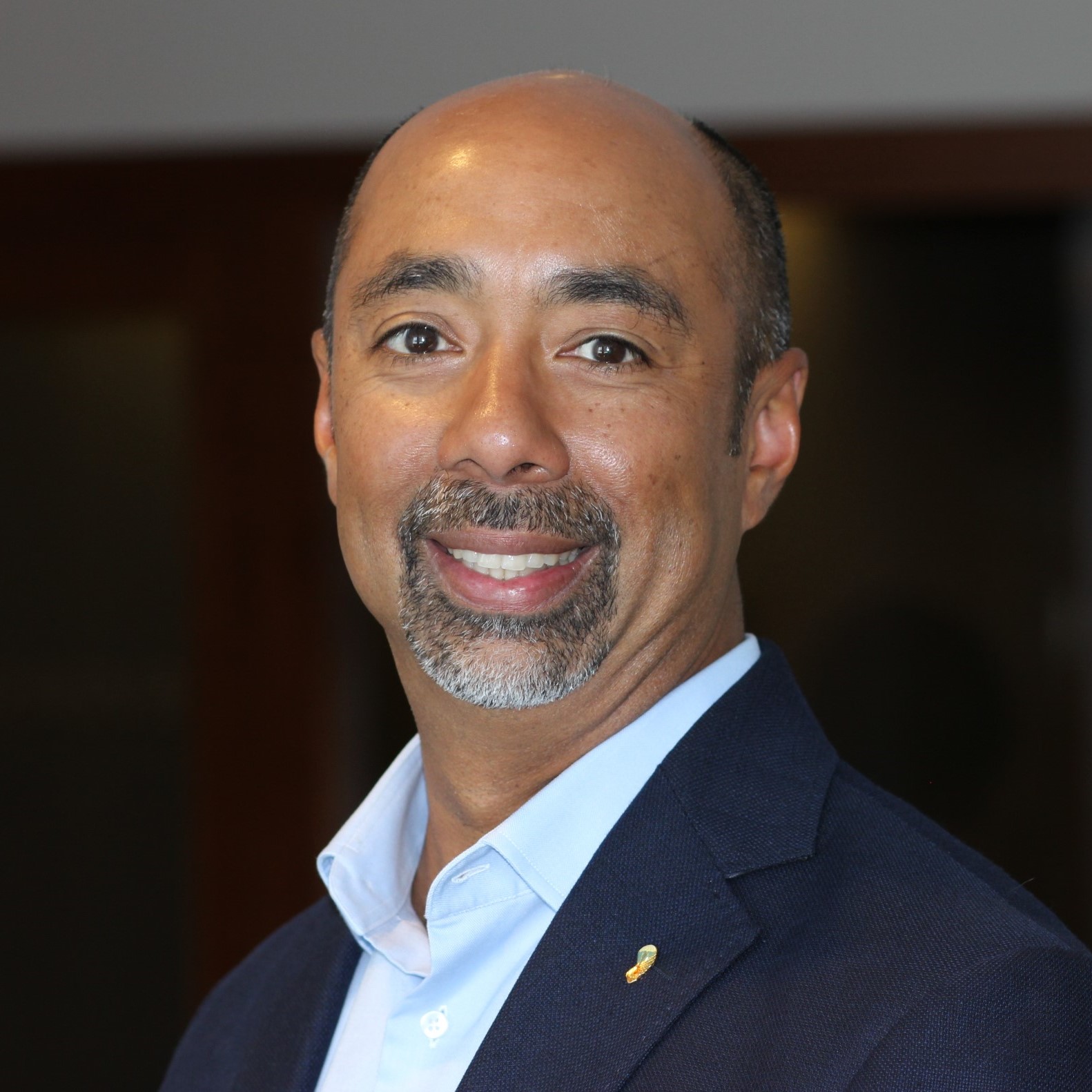
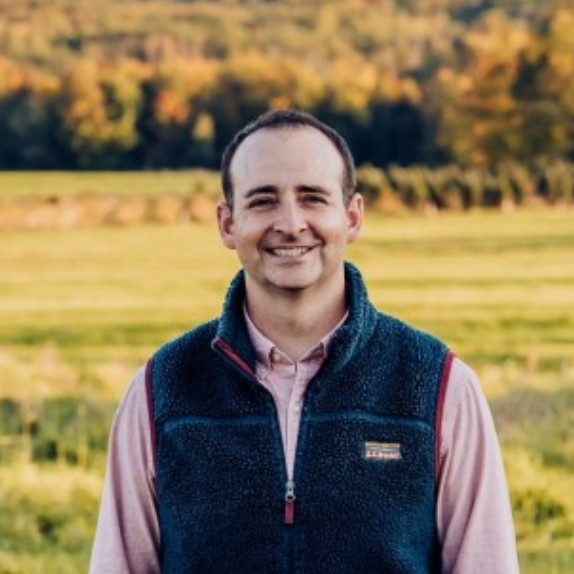

)
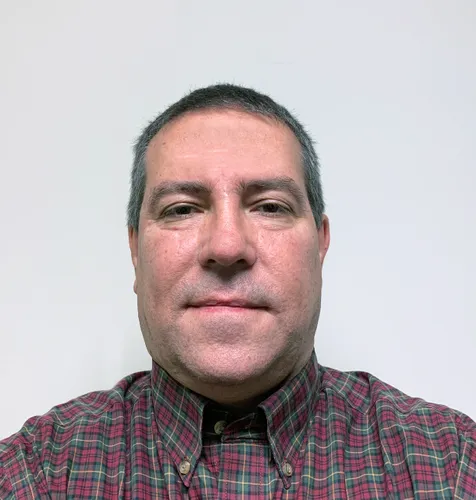
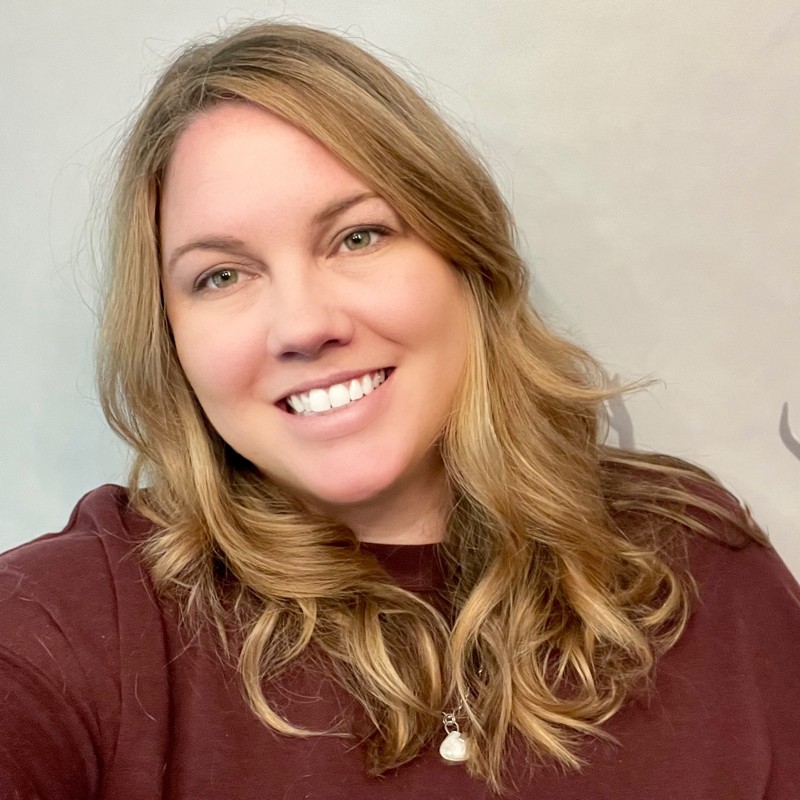

)